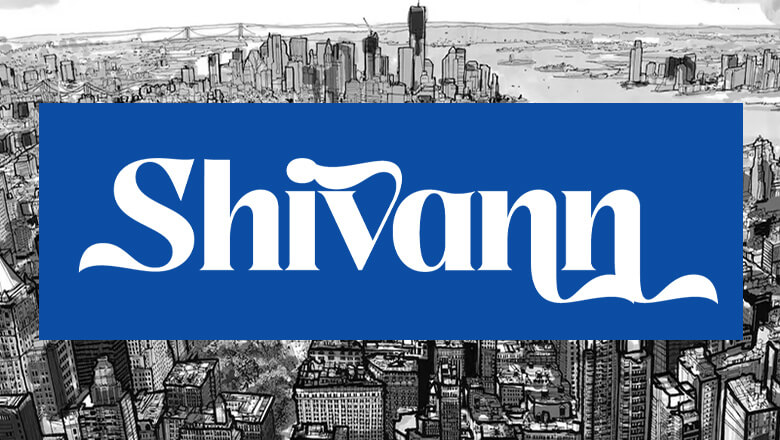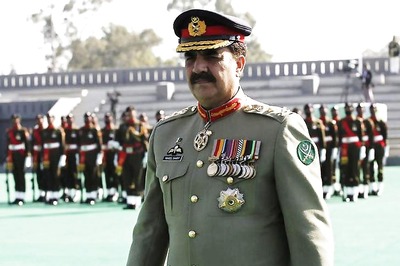
views
Hyderabad City and Ranga Reddy district have now become the bone of contention. The Seemandhra real estate lobby, which drives the Congress Party, has reconciled itself to Telangana statehood. But their investment in and around Hyderabad and Ranga Reddy district is what is worrying them.So what is the position with regard to Hyderabad and what did the Sri Krishna Committee (SKC) say about it?While this royal capital was in its heyday, it began swallowing outlying municipalities. In 1921, the area of Hyderabad Municipality increased from 55 square km to 84 square km. Apart from that there was the Chadarghat, Jubilee Hills and the Secunderabad Municipality. These municipalities were merged into a single corporation, the Municipal Corporation of Hyderabad in 1960, after it became the capital of Andhra Pradesh. Soon after the Secunderabad Municipality was merged with the Hyderabad Municipality (MCH).In 2007, the real land grab began in earnest. Greater Hyderabad Municipal Corporation (GHMC) covering 626 square km was formed by the merger of the MCH with 12 outlying municipalities.As SKC says: “The expansion of GHMC has led to a sharp decline in vote share for MIM from 29% to 14% and an equivalent increase for the TDP and also the Congress (p.300)”. So much for the Muslim vote bank! If that was bad; worse was to come.In 2008, the Hyderabad Metropolitan Development Authority was created. It covers 7,073 square km with a population of over 7 million. On HMDA’s size SKC commented: “The area under HMDA is comparable to the size of smaller states. HMDA is almost twice the size of Goa, and much larger than the National Capital Territory of Delhi, which is 1,483 square km. It is much larger than Union Territories like Chandigarh (114 square km) and Puduchery (492 square km)…. HMDA covers a larger area, has political representation at the highest level of the state and is well funded and resourced, as compared to the GHMC (p.301-302).”Note the expressions “well funded and resourced” and “political representation at the highest level”- no talk about the residents and their role in the running of the municipality. Most citizens have no control over state and central politics and decisions but they usually can affect local ones.As SKC said: “Hyderabad and Ranga Reddy form a large share of modern economic activity in the Telangana region. It comprises 44% of registered manufacturing and 39% of construction of the region and this ratio has been stable since 1999- 2000. The share of transport is very high at 62% but it has declined by 5% since 1999-2000. Most critically, these two districts comprise 54% of modern services GDP in Telangana and this share has risen by 12% (from 42%) since 1999-2000. This high proportion of modern services, especially financial services is one characteristic of a world city economy.” The Hyderabad region also accounts for 11% of the total electorate of current Andhra Pradesh. As SKC says: “about a sixth of Telangana’s GDP comes from Hyderabad” (p.308) thus indicating how vital it is for Telangana’s future.Yet SKC also looked at what went wrong: “It is critical to note that the share of modern services in Hyderabad’s economy has increased from 24% to 39% in a relatively short period of time. Most of this increase is offset by decreases across the board, but most significantly in the share of manufacturing (-6%), transport and public services (-4% each) (p.309)”The majority (45%) of population got hit badly: As SKC says itself: “One striking aspect of this difference is with respect to Muslims. As compared to the rest of the city, the Muslims have been less in modern and public services and more in traditional services and manufacturing, as seen in Table 6.3. Moreover, over time, this difference is becoming sharper, as they are participating much less in the transition to modern services. While the decline in the share of public employment is common across the city, the Muslims seem to be moving more towards manufacturing and construction while the non-Muslims are moving towards modern services, as seen in Figure 6.3B. Taken to an extreme, this may have social repercussions, as they may feel excluded if the policies of the city become oriented more towards a service city, rather than a manufacturing city. (p.311)As for IT, SKC says: “In terms of actual figures, this (IT industry) translates to Rs 32,500 crore out of the total of Rs 2,17,000 crore exports for India in 2008-09. Within Andhra Pradesh, the industry is almost solely in Hyderabad, which accounted for 99% of the total exports from the state in the year 2005-06, and has consistently accounted for 98% of the total exports from the state in the years 2006-07, 2007-08, and 2008-09 (p.315).”While there are no clear estimates about the extent of real estate sector investments or business, the revenue to the state due from property transferred is an indication of the location of this activity. Figures provided by SKC reveal that in the five years 2004-09, the average annual registration revenue from land sales came to Rs 374 crore annually in Hyderabad and Rs 845 crore from Ranga Reddy district.But SKC comments with some justice: “A number of transactions may not be formal and registered. Another aspect of Hyderabad’s real estate industry is the formal linkage to political leadership, often from other regions in Andhra Pradesh. For example, LANCO, an infrastructure and real estate company is associated with Lagadapati Rajagopal, an MP from Vijayawada; the Gayatri Construction firm is associated with T Subbirami Reddy, a former MP from Visakhapatnam; and Transstroy, a firm involved in building the Outer Ring Road, is associated with Rayapati Sambasiva Rao, the MP from Guntur (p.319).”No wonder the Seemandhra politicians-real estate types want to hold onto Hyderabad and Ranga Reddy. They say with Telangana the whole market will collapse. But according to SKC: “A positive aspect for Hyderabad is that regardless of the uncertainty engendered by the current political situation, investments in city infrastructure have continued. A number of major infrastructure projects have contributed to improve Hyderabad’s capacity to absorb investments (.319)”.The growth of Hyderabad and Ranga Reddy has resulted in some clever winners and many losers. These winners of yesterday are complaining that they may end up losers tomorrow. No one bothers about the losers of yesterday and today.(The author is director of the Center for Public Policy and Governance, Administrative Staff College of India)




















Comments
0 comment